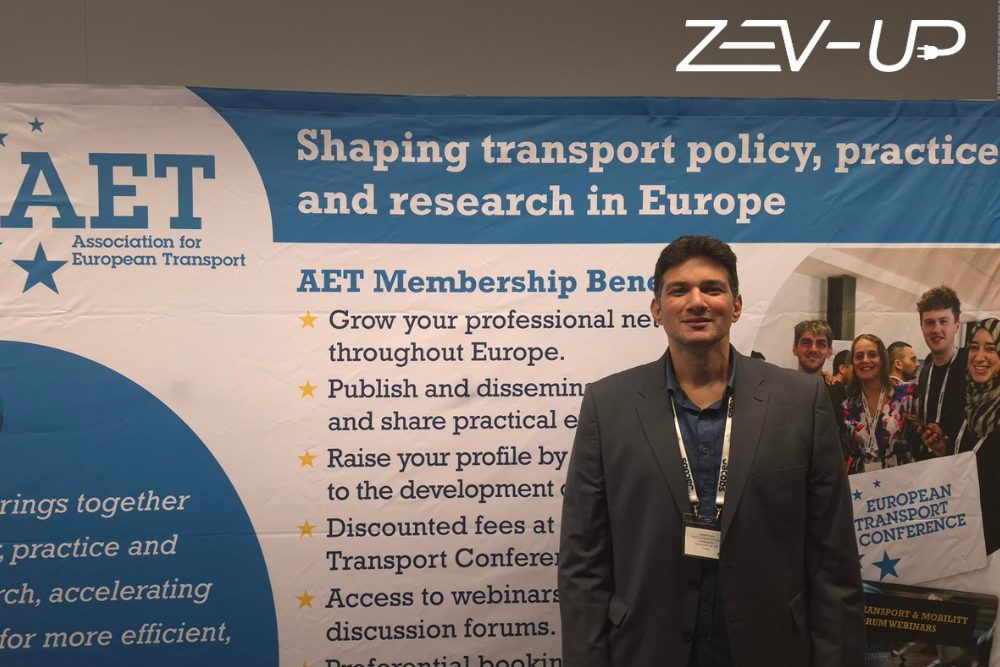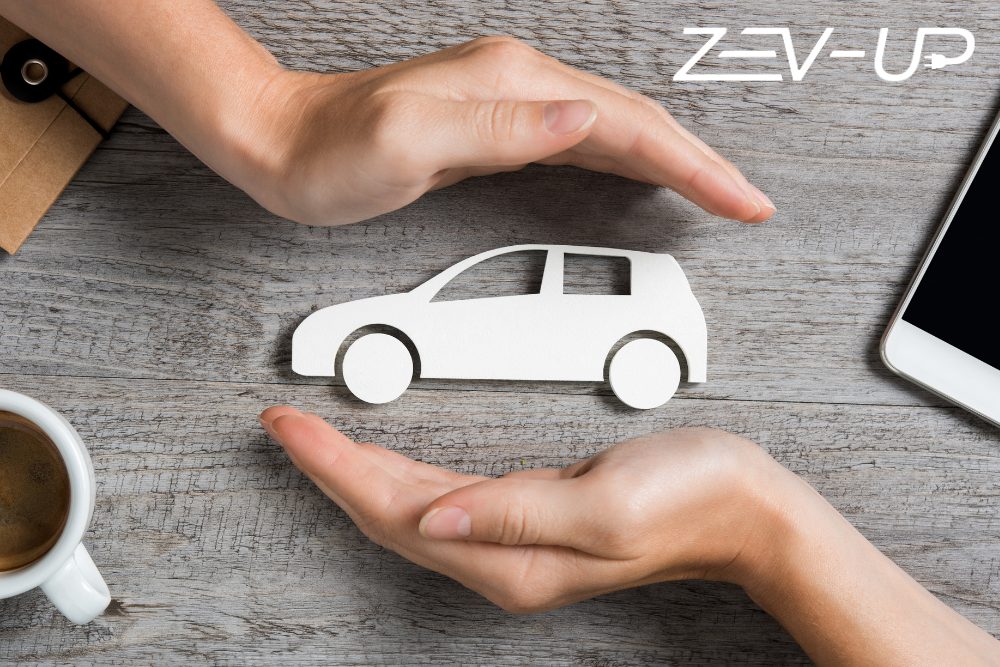On 27 May 2025, the ZEV-UP project hosted its first webinar “Small vehicles, Big impact: Exploring ultracompact BEVs and battery swapping for smarter and efficient urban mobility”. Moderated by E-Mobility Europe, the webinar featured presentations on the project’s innovations from industry partners Ford Otosan, Beemobs, Aspilsan, and also highlighted the works of the Stan4SWAP project that is developing a standardisation roadmap for swappable Battery Systems for L-category vehicles.
The webinar opened with a presentation on the ZEV-UP project from our coordinator Emin Aliyev (Manager of Green Urban Mobility at ERTICO – ITS Europe) who contextualised today’s urban mobility challenges and how the development of frugal, user-centric ultra compact vehicles can address user needs for smarter, safer transport for people, goods, and commercial fleet-owners.
ZEV-UP is developing an innovative, frugal, and modular Battery Electric Vehicle (BEV) for passenger and goods transportation. Available in three variants to cater to different user needs, the vehicles include a swappable battery system and a solar panel on the rooftop for enhanced convenience and adaptability, reducing costs and downtime. The vehicles will also feature a modular platform with a scalable chassis, and will use lightweight and sustainable materials, with local production of spare parts. The ZEV-UP swappable battery systems will work with dedicated service stations.
The second presentation was given by Dr. Emrah Kinav (R&D Management Senior Specialist at Ford Otosan) and Alican Yilmaz (R&D Director at Beemobs) who provided an overview of the safety and market readiness of battery swapping. The point was raised that innovation is needed to disconnect vehicles from incentives – and how the creation of a frugal, cost-effective vehicle for all users in cities with high acceptance is at the heart of their business plan. Innovations like the ZEV-UP vehicles aim to boost the uptake of EVs by ensuring user acceptance.
The presentation included an overview of the active safety functions – 5G remote drive – and different types of mobility services and the modularity of the design and customisation that makes the ZEV-UP vehicle user-centric. In addition, different battery options for various usages, including swapping and quick charge options, enable BaaS business models.
Various battery as a service (BaaS) concepts were presented along with their safety and practicality, with a focus on the benefits of battery swapping to save time, ensure grid optimisation, scalability, cost efficiency and environmental impacts. They also highlighted the future market and technology opportunities and expansion of urban e-fleets for BaaS business models, along with integration with renewables, AI swap station logistics to further positive benefits in efficiency.
Alihan Uzdil (Electronics Design Engineer at Aspilsan) further presented the benefits of battery swapping for ultracompact vehicles, which include eliminated charging time leading to time savings, the possibility to charge the battery during off-peak hours, the reduced upfront cost of buying an EV, and the recycling and second-life opportunities they offer. In particular, battery swapping is particularly adapted for ultracompact vehicles due to the limited battery space. It also lightens the vehicle frame and reduces design complexity. He also presented some sectoral applications of battery swapping, such as for ride-hailing services, delivery services, and shared mobility. Regulatory considerations were also highlighted in his presentation, stressing the need for international standards on battery size, voltage, and connector interfaces that will support battery swapping and reuse and recycling of components. Additionally, safety protocols for public swapping stations, incentives for reuse and recycling, as well as integration into smart city policy frameworks and the role of municipalities in enabling infrastructure were further emphasised.
Lastly, Tommaso Landolfo (Regulatory Affairs Manager, Piaggio) presented the Stan4SWAP project, which includes manufacturers, infrastructure, and CENELEC- standardisation body and standardisation institutes at international level and municipalities where this technology will be put into place. The project aims to develop a standardisation roadmap to develop and boost innovation for swappable batteries in L-category vehicles, such as two- and three-wheelers.
The webinar provided fruitful exchanges on the innovative business models and opportunities provided by battery swapping and ultracompact BEVs, such as the ZEV-UP vehicle. Speakers emphasised the importance of flexible, user-centric vehicle design and innovative business models, such as Battery as a service, to accelerate EV adoption. EU industrial policy frameworks are essential to help drive this – as well as for BEV and clean vehicles overall, but also at national levels. The role of public-private partnerships to provide infrastructure is key for widespread implementation.
Missed the webinar? Catch up by watching the recording below.



